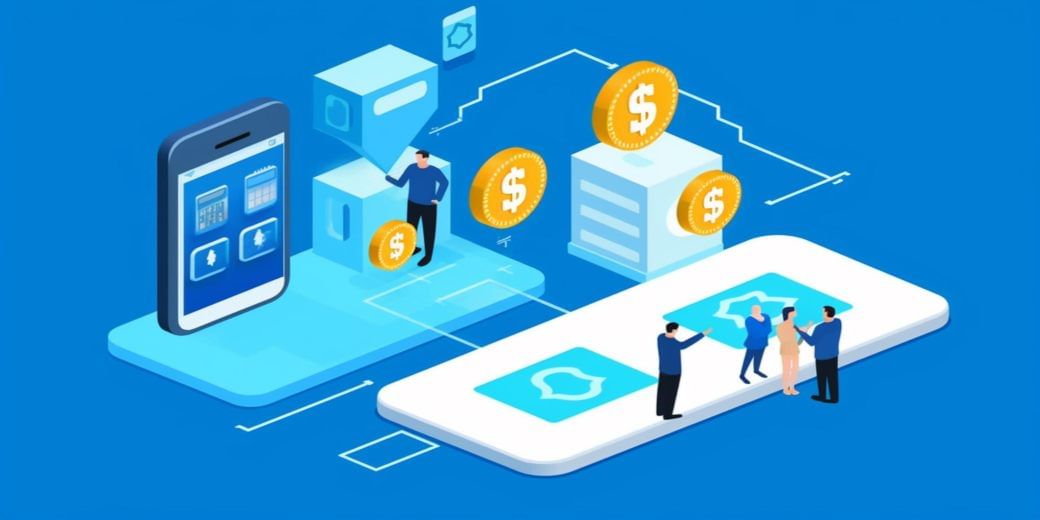Why are fintechs seeking FLDG extension?
The demand for raising this limit comes in light of existing higher guarantee thresholds in the co-lending space. Most partnerships, particularly in the unsecured personal and business loan segment, already have an FLDG cover of over 5%.

Indian fintechs are now seeking an extension of the 5% first loss default guarantee on all their co-lending agreements. According to them, this will encourage regular banks to develop partnerships with them while also allowing fintechs to shore up their investments in the lending space.
Recently, the RBI allowed digital lenders to opt for FLDG on the loans they extended. However, the guarantee coverage was limited to 5% of their total loan portfolio. As per media reports, this default guarantee will have to be evoked within 120 days of any overdue loans.
The demand for raising this limit comes in light of existing higher guarantee thresholds in the co-lending space. Most partnerships, particularly in the unsecured personal and business loan segment, already have an FLDG cover of over 5%.
What’s FLDG?
Think of it as a contractual obligation between two entities. While entity A can be any regulated entity, entity B functions as the DLG or default loss guarantee provider. So, in case entity A incurs a loss, due to defaults on loans extended by entity A, entity B will provide for these losses up to a certain percentage of the entire loan portfolio value, which in this case, per RBI, stands at 5%. Under FLDG, corporate guarantees are also not considered valid.
What is co-lending?
Under this setup, a bank and a non-bank come together to extend loans, particularly to priority sectors. Here, they share the risk arrangement, i.e., 80% of the loan risk is covered by the bank, while the non-banking entity covers the remaining 20%. The idea is to widen the credit net, making it more accessible. However, the first blow of default is borne by the fintech or non-banking company.
How will it impact?
If you’re someone with a low credit score, or a bad credit history, getting a loan might just become slightly easier. Only slightly, though. More importantly, this will open the credit doors for previously loan-unserviced segments like students, farmers, and more.